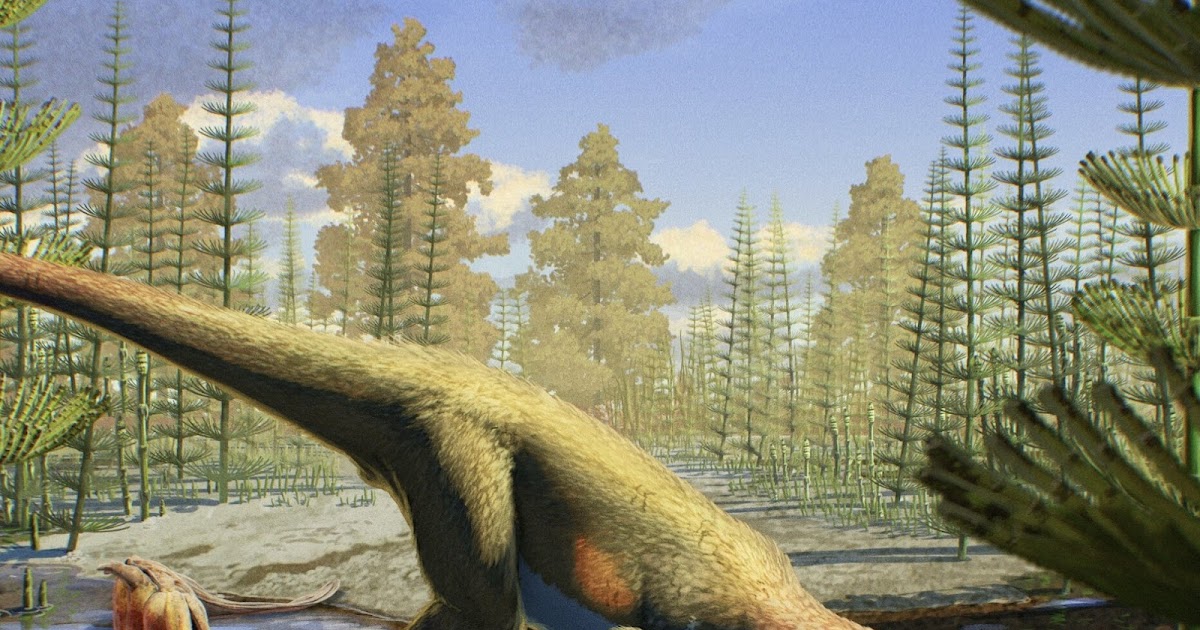Delivering fresh produce from farms to tables efficiently and consistently is a significant logistical challenge, but technology is proving to be a game-changer, enabling seamless operations, reducing waste, and strengthening connections between farmers and consumers. The demand for farm-fresh goods has escalated in recent years as consumers prioritise quality, sustainability, and health over convenience.
Revolutionising supply chains with precision technology
Modern technologies like blockchain, IoT (Internet of Things), and AI-powered logistics are changing the traditional farm-to-market supply chain, which frequently involves several middlemen and compromises quality.
Blockchain technology ensures transparency and traceability by providing a digital ledger of every step in the supply chain. Consumers can trace their produce back to the farm, gaining confidence in its authenticity and quality. For instance, a blockchain-enabled system might provide data on the farm’s organic certification, harvesting date, and even transportation conditions.
IoT devices, such as temperature and humidity sensors, play a crucial role in maintaining product quality during transit. These sensors provide real-time updates, allowing stakeholders to monitor and address any issues promptly. AI algorithms further optimize logistics by identifying the shortest and most efficient routes, reducing travel time and ensuring fresher deliveries.
Smart farming: The foundation of freshness
The foundation of farm-fresh products is intelligent farming methods that use technology to maximise productivity, minimise waste, and guarantee the highest quality. Precision agriculture gives farmers a micro-level understanding of their land through the use of drones, GPS mapping, and soil sensors.
For instance, soil sensors give farmers information on nutrient content and moisture levels, enabling them to calculate the exact amount of fertilizer and water required.
In addition to cutting waste, this guarantees healthier crops. By monitoring crop health and identifying any problems like pests or diseases early on, drones with multispectral sensors reduce loss and boost output.
Sustainable practices are also aided by smart farming technologies. Controlled-environment agriculture (CEA) systems, such as hydroponics and vertical farming, use technology to grow crops in urban areas, greatly lowering the transportation-related carbon footprint.
Direct-to-consumer platforms: Bridging the gap.
E-commerce and digital marketplaces have revolutionised how consumers access farm-fresh goods. Platforms such as BigBasket, FreshDirect, and local farmer cooperatives now connect farmers directly with end consumers, eliminating intermediaries.
Mobile apps and websites equipped with AI-driven recommendation engines help consumers select produce tailored to their preferences and nutritional needs. Moreover, subscription-based models ensure regular deliveries, making farm-fresh living a seamless experience.
For farmers, these platforms provide invaluable market insights. Analytics tools help identify consumer demand patterns, enabling better crop planning and minimizing overproduction. Payment integration ensures farmers receive timely payments, fostering financial stability.
Reducing food waste with predictive analytics
Food waste is a critical challenge in delivering fresh produce, with significant losses occurring at various stages, from harvesting to retail. Predictive analytics is playing a pivotal role in reducing this waste.
By analyaing historical and real-time data, predictive algorithms forecast demand trends, enabling farmers to harvest only what’s needed. These insights also help logistics companies manage inventory more effectively, ensuring minimal spoilage during transit.
Furthermore, technology-driven inventory management systems alert retailers about produce nearing its shelf life. This allows for timely discounts and promotions, ensuring produce reaches consumers before it becomes unsellable.
The role of automation and robotics
Automation is another technological marvel transforming the delivery of farm-fresh goods. Automated sorting and grading machines categorize produce based on quality, size, and ripeness, ensuring consistency in offerings.
Robotic systems in warehouses streamline packing processes, speeding up delivery times without compromising quality. Autonomous delivery vehicles and drones are gradually becoming a reality, promising faster and more sustainable last-mile deliveries.
Challenges and the road ahead
The farm-fresh ecology has been transformed by technology, yet there are still issues. Adoption of modern technologies by small-scale farmers may be discouraged by high implementation costs. It will take partnerships with tech companies, subsidies, and regulatory support to close this gap.
Concerns about data security and privacy must also be addressed, especially with regard to blockchain and Internet of Things technology. Sustaining stakeholder trust will require strong cybersecurity measures.
The future appears bright despite these obstacles. As technology continues to evolve, it will further streamline operations, enhance consumer experiences, and empower farmers. From farm sensors to AI-driven apps, every innovation strengthens the vision of a sustainable, efficient, and transparent farm-to-table journey. In conclusion, technology is not just a tool but a transformative force in delivering farm-fresh goods. By embracing these innovations, we move closer to a world where fresh, quality produce is accessible to all while supporting farmers and protecting the planet.
The author is Founder & CEO of Morningwale







Leave a Comment